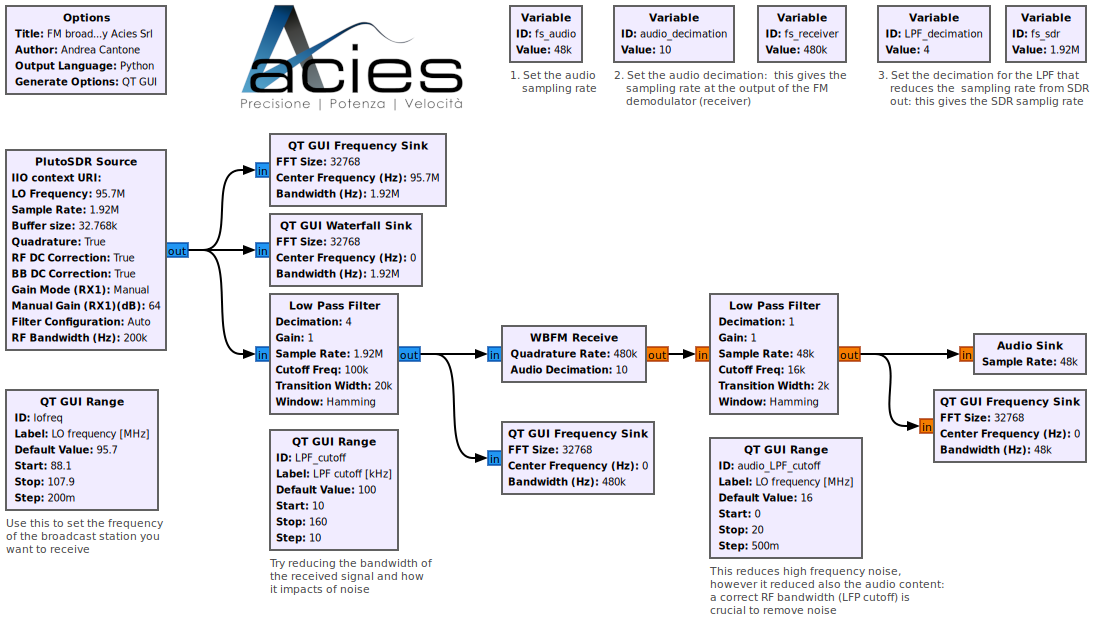 New
New
SDR: 10 kHz to 6 GHz software-defined radios
Customized software-defined radios for your communication systems: radio frequency and microwaves; radio links.
- Direct I/Q modulation and demodulation
- Custom constellations
- Satellite links
 New
New
Customized software-defined radios for your communication systems: radio frequency and microwaves; radio links.
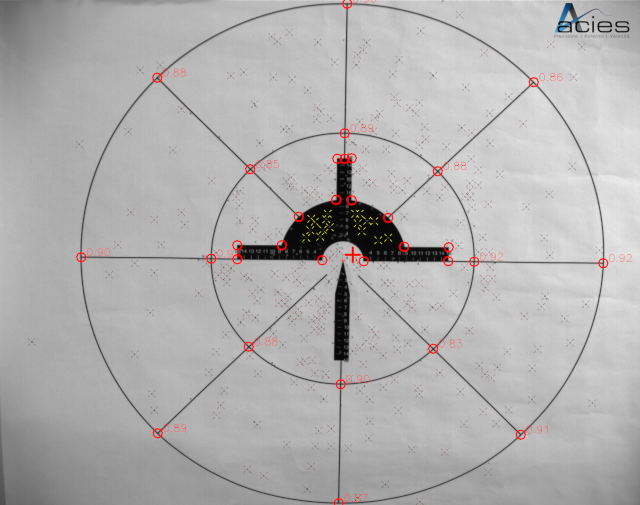
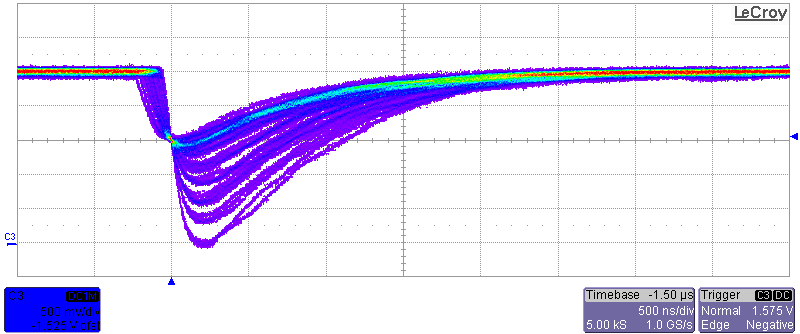
Used in particle detectors, for nuclear-physics experiments, medical equipment, and materials analysis.

For high-precision data acquisition and signal generation; performance can be customized to your needs.
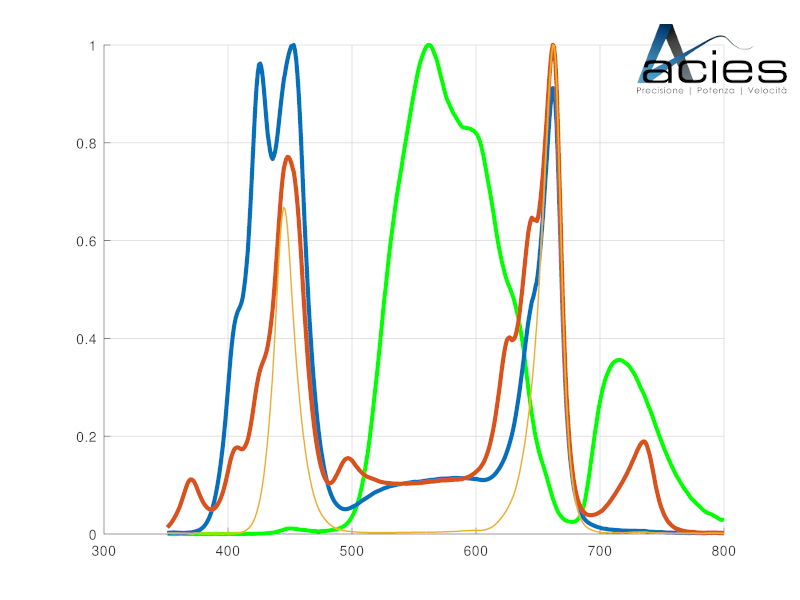
We started this product line in 2001; Acies was one of the two manufacturers of this kind of lights.

Our workhorse since 2001.
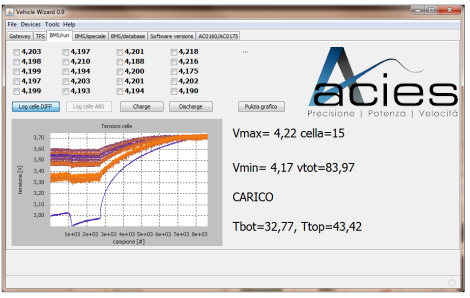
Since 2009: BMS for lithium batteries and turnkey packs.
For control and regulation, several algorithms have been implemented, from simple PID to more complex RST and beyond. Each implementation has some specific features—for instance, an algorithm coded in assembly to use all the resources of a µcontroller, or its synthesis in FPGA hardware to reach the highest performance.

All circuits are designed internally: multilayer with blind and buried vias, vias-in-pad; 150 µm microvias, 100 µm traces and insulations.
FPGAs, microcontrollers, and DSPs are used throughout our systems to achieve optimal performance.
Several communication technologies are implemented, ranging from USB 2/3 to CANopen and Ethernet.
Image sensors and DLPs.